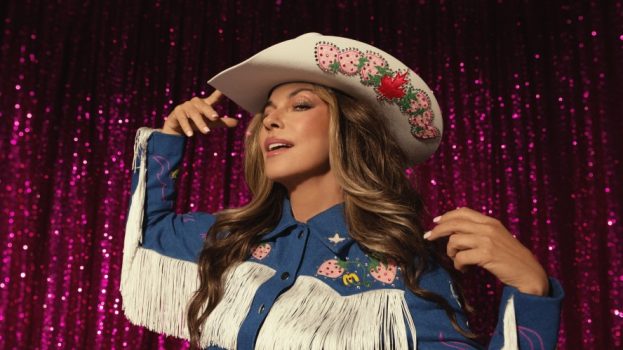With the second iteration of a campaign that launched earlier this year, the Dairy Farmers of Canada (DFC) continues to target the myths and misconceptions of the dairy industry, this time with a message around its innovative farming practices.
A new television spot launched on July 2 that markets the dairy industry as innovative and dedicated to animal welfare and quality products. The commercial features real farmers using new farming tech that is “dairy farming forward.” Notably, much of the cast appears younger in age, underlining one of the campaign’s core target audience: millennials.
[iframe_youtube video=”RRVNfsEuPpQ”]
The work, which was led by DDB Canada and will run until August, aims to demonstrate the “forward-thinking dairy practices” taking place on farms today that lead to “exceptional quality,” says Pamela Nalewajek, VP of marketing and strategic business development at DFC. Embedded in the creative is the idea that millennials, who are starting to play a bigger role in dairy farming today, are bringing fresh ideas to the table, she says.
The next generation of farmers are applying their innovative thinking to everything from sustainable practices to animal welfare and quality dairy – a fact that isn’t always understood by the broader Canadian population, which is increasingly living in urban centres and with little “access” to farms, Nalewajek adds.
In addition to the main TV spot, cutdowns are running on digital channels. The campaign also includes OOH, ads on Spotify and social posts that drive to the industry group’s website featuring videos and interviews with Canadian dairy farmers. Mirum is leading digital content and Initiative is on media.
The latest work comes as a continuation of the DFC’s “Honest. Canadian. Dairy” campaign, launched in January. That work was intended to address some industry misconceptions, says Nalewajek, including the fact that there are no “artificial” growth hormones in Canadian-produced milk and that most dairy farms are small and family-run.
But following complaints from consumers and animal rights activists filed with Ad Standards, one of the ads that made claims about there being no growth hormones in milk was pulled. It featured the headline “There are zero growth hormones in milk produced in Canada. Like, none,” and did not adequately account for the fact that milk contains a naturally occurring growth hormone.
Nalewajek says complaints were limited to an OOH ad that was too brief and required more information, saying the issue was a “misinterpretation of what we were trying to say.”
Other than the ad that was pulled, she says the campaign ran to completion after six weeks (both French and English versions of the digital spot remain available on its YouTube channel). And DFC considers it to have been a success, helping the organization reach 83% awareness among Canadians, according to numbers provided by market research company IMI International. In particular, she said it led to a lift in recognition of the group’s blue cow logo, used to help consumers identify products that contain 100% Canadian milk.
“We want to be able to show in these ads that everything we’ve been showing, whether it’s the environment, sustainability, the innovation side of things, the animal welfare, they’re all values of what that blue cow logo stands for,” says Nalewajek. “So when a Canadian consumer is in a store, buying a product, and they see that blue cow logo, it stands for something.”























